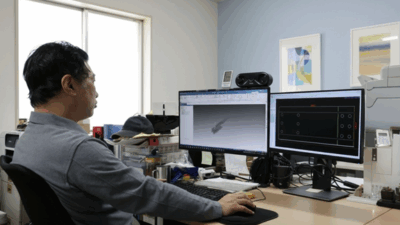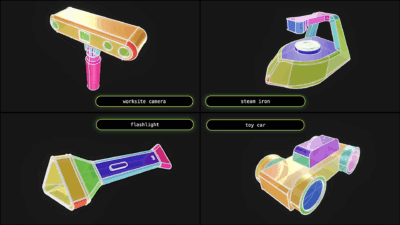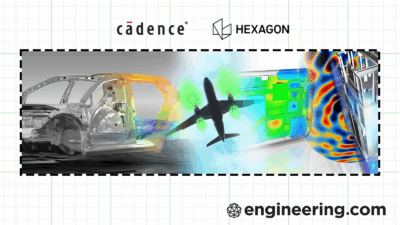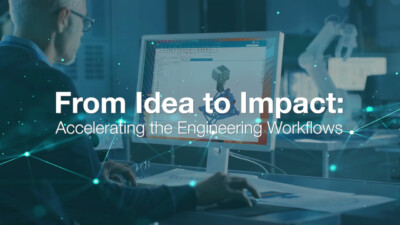Onshape’s co-founder reflects on how far the cloud CAD platform has come—and explores what it could look like 200 releases from now.
On June 27, 2025, Onshape released the 200th update to its cloud CAD platform.
That Onshape would make it this far was no certainty back in 2012, when co-founder Jon Hirschtick assembled a team hoping to replicate the success of his prior venture—a little-known CAD program called Solidworks—but with a radical twist: the cloud. Hirschtick envisioned no more files, installations, or versions; Onshape would run in a browser, store your data online, and always be up to date.
Hirschtick’s cloud CAD gamble paid off. In 2019 PTC bought Onshape for $470 million, and over its 200 releases (202 at time of writing) Onshape has expanded from CAD to include simulation, rendering, computer-aided manufacturing, and an AI assistant, among other features.
But what’s coming next is even more exciting, Hirschtick told Engineering.com. We sat down with Onshape’s co-founder, now PTC’s chief evangelist, for his thoughts on how Onshape has evolved over the years and where he hopes it can go next.

The following transcript has been edited for brevity and clarity.
Engineering.com: What would the Jon Hirschtick of 2012 think of Onshape as it exists today? Is it what you expected it would become?
Jon Hirschtick: Not to say I saw the future exactly, but my first answer is yes, I think it is what I expected it to be. We set out to make a cloud-native professional CAD/PDM system. We set out to reach a lot of customers, from some of the largest companies to startups.
I would say that I didn’t see AI coming. We knew about machine learning and things, but we didn’t know about generative AI, and so I could not have known how powerful our advantages would be in the world of AI. It’s sort of a lucky win for us that a cloud-native platform is a big win for AI. I didn’t see that coming. I would not have imagined we’d have AI Advisor and all the things we’re planning on adding to it.
But everything else pretty much was part of the vision. And I’d say I feel lucky. A lot of times we have visions and we say, if that all happens, I’m going to feel awesome. And so I feel pretty awesome.
Thinking back over the 200 releases, are there any highlights that stand out for you as big moments in the history of Onshape?
Oh, there are plenty. There’s two dimensions of how we improve Onshape. One is what I call the depth of the product, meaning taking an area that we already have and adding more detailed functionality, adding more performance, maybe fixing some anomalies in how it works, cleaning up the user interface. I call that depth work.
And then we add breadth, where we add modules, areas of function we didn’t have before, like AI Advisor and CAM. I think it took us a number of years to have a decent breadth of product, to have drawings and sheet metal and weldments and now CAM and simulation and rendering.
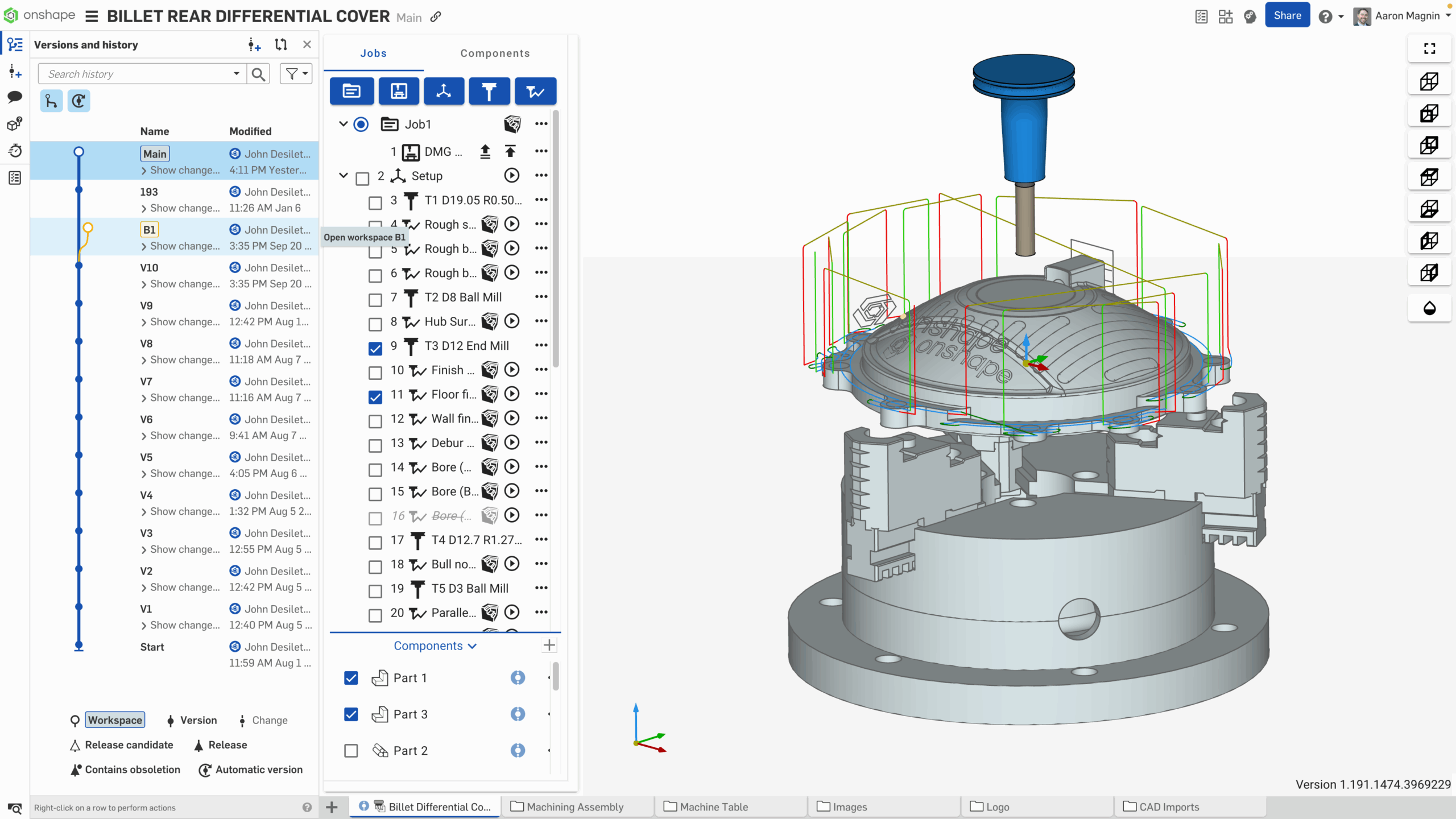
I would say shipping CAM is a moment for me. Because not only did we make CAM available, cloud-native, fully embedded in Onshape, it also to me marks the last of what I’d call the significant breadth items. Now, I’m not saying we don’t have more to add. You always have more to add. But we’ve crossed a point where it’s kind of downhill sledding now on the breadth of the product. And so that’s one thing.
The other thing is AI Advisor. I think that was a watershed moment for us. Sure, everyone has demos. We have all kinds of AI prototypes and demos internally. Everyone’s doing that. But what I’m really proud of is that we shipped AI Advisor to all users. That’s a lot of people that have access to it, and it’s a value add tool, even at the pro level. You can take users that have been using Onshape for years, and they are getting help from AI Advisor.
200 releases from now, what do you hope Onshape will look like?
I think looking back 200 releases from now, I won’t be talking to you about adding breadth that we were missing relative to other products. I’ll be talking to you much more about adding breadth that takes us way beyond other systems. I think you’ll see that cloud-native and AI are the gifts that keep on giving.
The way you see real-time collaboration woven into the fabric of Onshape is a perfect and unique platform for bringing AI in. AI’s got to participate in the modeling as a real-time collaborator. In Onshape we’ll have an AI collaborator, I think, that will be in real time, present with you. This is not a guarantee, it’s not saying we’ll release it. I think we’ll see AI helping engineers as a valued companion. Think Jarvis in Iron Man. I think we’re going to see that. I hope we see that.
I also think we’re going to see more and more amounts of massive data and compute put to work for the benefit of the user through the power of a cloud-native system. And I think that our three week release cycle is going to become not just a catch up cadence of features, it’s going to become the cadence of innovation and improvement. It’s always been a mix of innovation and adding features everyone knew we needed, and I think that balance is shifting. The next 200 releases will be much more about agile innovation and things where you’ll go, wow, never heard of that.
At the end of the day, it’s not about what we ship. The real way I’ll measure 200 releases from now is: How much are we able to help people produce better products? And I think we can do a lot more. I think we’re only half done as an industry with what we can do for people and how large an impact we’re making, and I believe both of those can grow enormously in the next 200 releases.
AI Advisor came out in beta a few months ago. How has that gone and what have you learned so far?
It’s gone really great. I’m happy with what it’s done already, but I’m excited about what we can expand it to do in the future.
We tried to ship something that would be useful to pro users, and we’ve achieved that. You can see that in our forums. Just shipping AI at the scale we operate at Onshape, and doing it in a way that’s secure and performant and reliable, is a big thing to do in our world. To do that is a pretty big lift, and big thanks to our friends at AWS for all the tools they give us. Anyone can go to AWS and use the tools, but we’ve announced a strategic partnership with them, which means that we’re working extra closely with AWS on this.
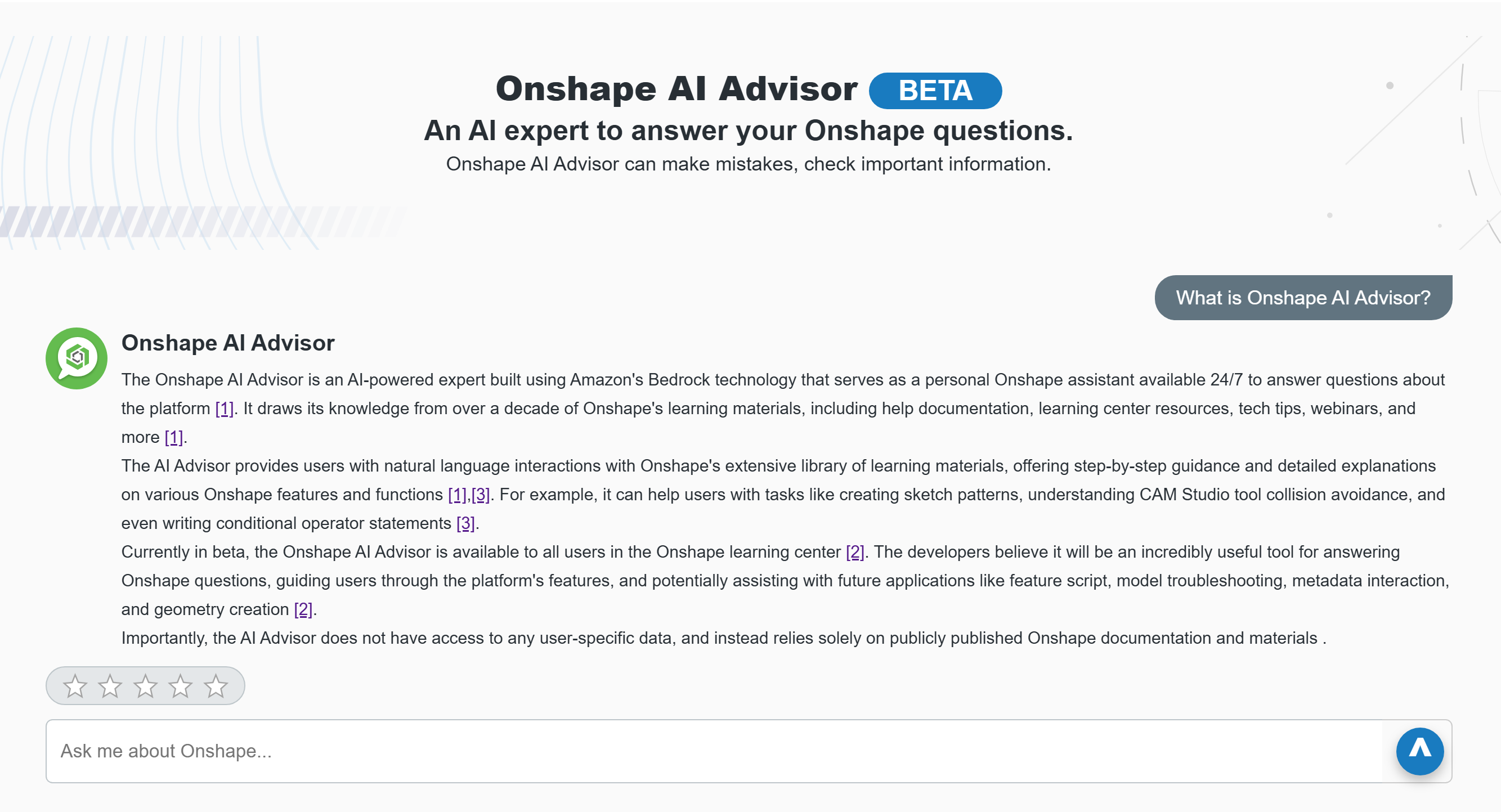
I’d like it to do more. It has a modest range of capability right now. I was just looking at videos of some of the prototypes we have for expanding what AI Advisor does. We’re looking at a lot of great things.
I asked for some feedback from the team on surprising things we learned. One is it’s used in an even more conversational way than was originally imagined, which is great. We want conversation. We kind of worried people would use it more like a traditional Help tool, like, I want to build a G2 surface, where’s the documentation for that? Actually, people are having longer conversations, which we think is very promising, because the more context you give to an AI tool, the better the answer.
People tend to use non-Onshape terminology more than we expected. I guess they feel like they’re talking to a person more, and they don’t have to be as tight on their terminology. So instead of saying, how do I do a modal simulation, they might say, does Onshape do natural frequency analysis? Which is sort of the same thing, but different words. So we have to think about that.
There are a lot of requests to do work with the API and FeatureScript, which we sort of knew was coming, but it’s higher than we thought. People know about FeatureScript, but it’s a certain bar to learn to program it.
People like to say thank you to the AI. And repeat usage is higher than expected, meaning that people come back more than once. The share of one-and-done users is lower than we had forecast, which is a good thing. So these are all good, but again, it’s rev one in a journey.
What can you say about the other AI features you’re working on?
We’re very excited about AI for rendering. I don’t want to say exactly what will ship or not, but we see a number of AI use cases in rendering that are very exciting.
I’d like to think that you’ll see AI Advisor start to get more proactive with creating and editing your models and assisting you using our API, using FeatureScript. That’s not a commitment that we’re going to release it, but those would be things that excite me.
I’d like to see AI giving you very specific advice to your model. Now if you say, how do I make a better quality surface? It will give you details on that. But if you say, I want to make this surface that I’m pointing at better quality, right now our AI Advisor doesn’t do that. And we hope to do it.
